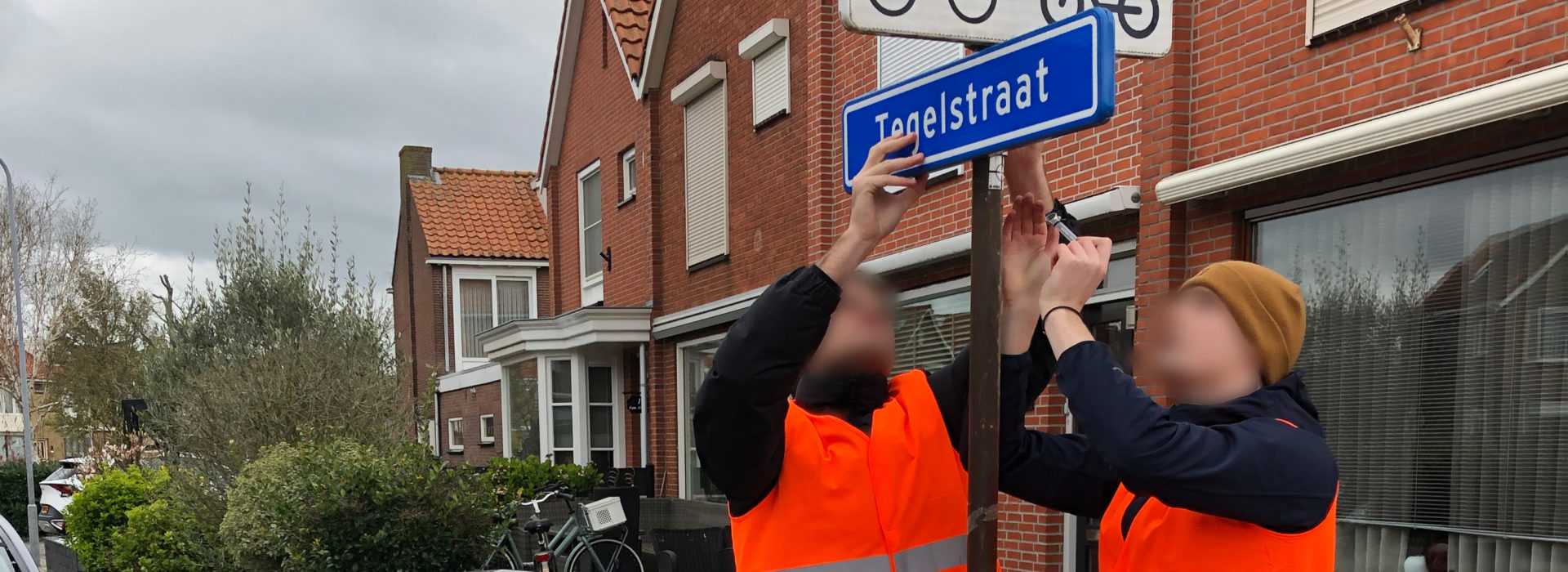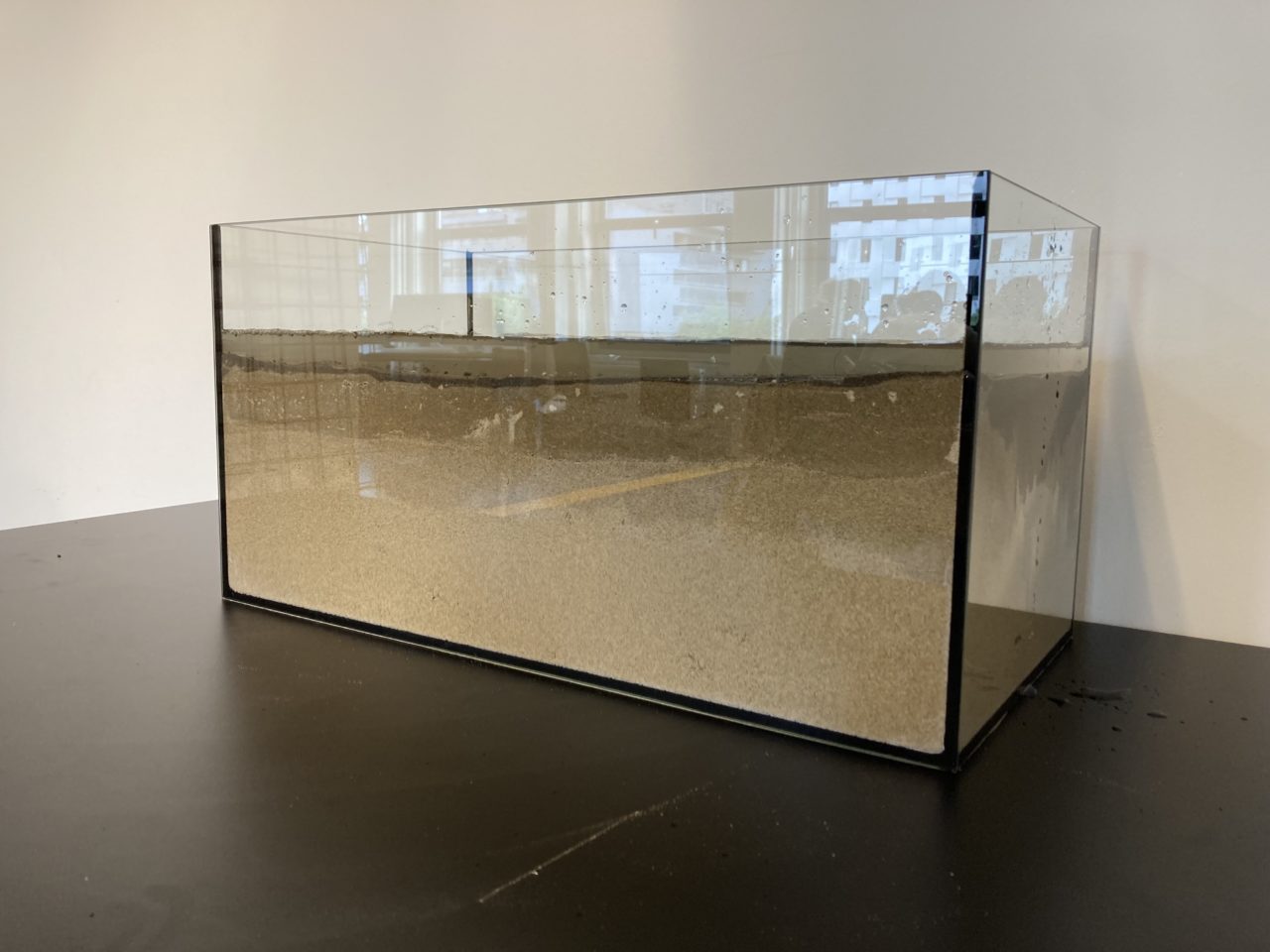Ontegelaars

Project details
- Year
- 2022
- Programme
- advertising-beyond
- Practices
- commercial
- Minor
- Creative Writing – Otis College of Art & Design
At an alarming pace, green hedgerows, smooth lawns and multicoloured flower beds have been replaced by grey tiles, maintenance-free patios and closely paved pathways. Especially in the cities, this has major consequences
Soil, Flora and fauna perform several environmental and economic functions. Sealing the soil has multiple ecological implications. All private gardens (which is estimated to be around 5.5 million in The Netherlands) composes a large area that has an impressive potential to contribute to sustainable water management, urban biodiversity and public health.
The following three experiments show a different approach to reduce soil sealing behaviour.
The Flower Neigberhood
The Flower Neighbourhood” (translated in dutch as “De Bloemenbuurt”) in Volendam has a soil sealing density of 86%. This puts them 4th on the list of neighbourhoods with the highest density of soil sealing. The contradiction of the name was used for this experiment. “The Gladiolusstreet” (translated in dutch as “De Gladiolenstraat”) has mostly tiles and does not have any gladiolus. That is why we hijacked and changed their street name to “The Tilestreet”, literally translated as “De Tegelstraat”.To explain why their street sign got hijacked, citizens were given a letter addressing each address to explain the current state of soil sealing within their street. The letter was supported with gladiolus corms to give them a start and motivate them into a greener direction. Some citizens responded with love to the changed street signs and immediately put in the effort to buy more plants to create a greener garden. It also resulted in some interesting discussions online between people that liked it and people that hated it and labelled it as left-winged vandalism.
Soil Sealing
People with a sealed garden can not see the consequences their garden may have on the environment and their surroundings. Therefore it is difficult for people to see the urgency to change their tiled gardens. These rhizotrons mimic the difference between a green and a tiled garden. A rhizotron is simultaneously a laboratory and is used as a technical tool to observe the soil below the soil’s surface. On one side the rhizotron is filled with yellow sand and two tiles placed on top. Due to the tiles on top and a lack of greenery, this rhizotron won’t be having any soil or fauna functions. When exposed to heavy rainfall, the rhizotron shows that water can not go into the soil, which results in flooding. On the other side, the green rhizotron shows its soil function, root zones and soil fauna and flora. This plays a major role in our biodiversity. When exposed to heavy rainfall, it shows that it can absorb the water.

Jesse’s Garden
Focusing on creating a greener and more sustainable future, you expect the chairman of Groenlinks to have a green personal space. However, Jesse Klaver nearly has any green in his garden. Jesse Klaver is representing interests that he does not even fulfil in his private domain. The scale model is created to expose his garden to the public. I wrote him a letter with the question if he, together with me, wants to make his garden greener. Clover seeds where attached to this letter, and both where hand delivered at this home address. This resulted in an evacuation of his family. The seeds attached to the brief resulted in a call to the police and the counter-terrorism organisation in The Netherlands. When spoken to his press officer it was clear that Jesse was not amused. Jesse does not want to transform his tiled garden into a green garden together with me.